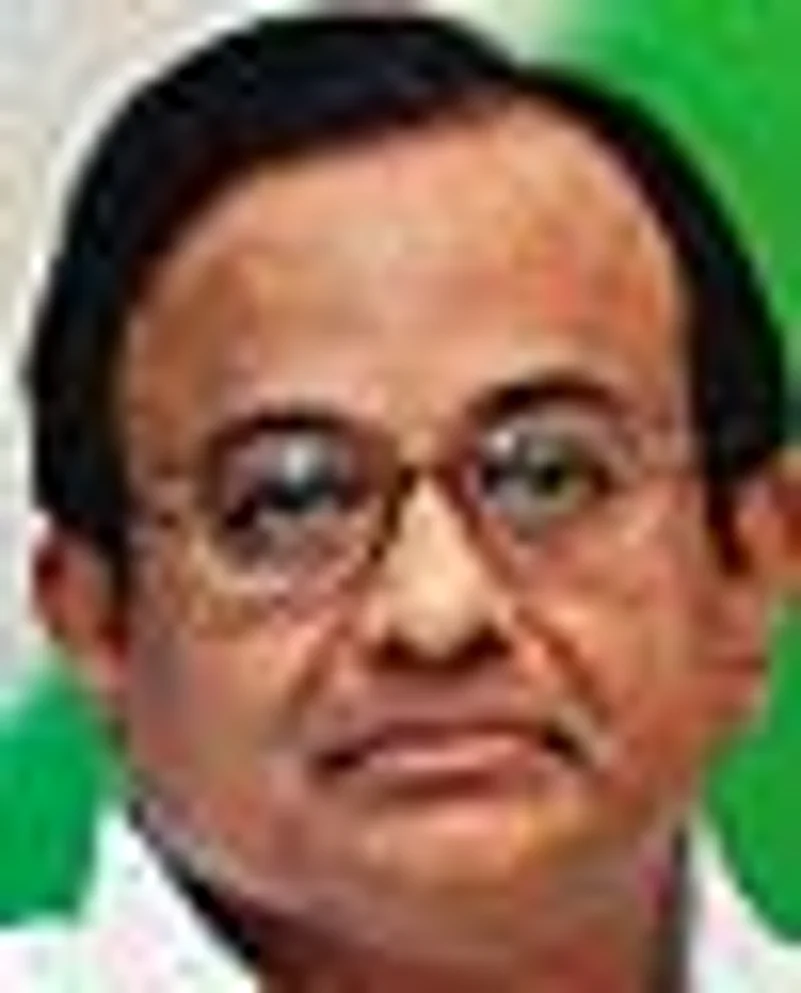
Kamal Nath, Commerce and Industry Minister
The proposed 237 SEZs will create 30 lakh jobs. Overall, they’ll contribute 2% of GDP in 3 years and help exports rise five-fold.

Anwarul Hoda, Member, Planning Commission
"The threat to food security due to diversion of land is an exaggeration."
Against The Motion

P. Chidambaram, Union Finance Minister
As per ministry estimates, the exchequer will lose Rs 1,00,000 cr in the next four years owing to tax and duty exemptions forSEZs.

Sharad Pawar, Union Agriculture Minister
"There’ll be less heartburn if farmers are able to get market price, and not be forced to sell under a government directive."
The Fence-Sitters

Prithviraj Chavan, Minister of State in the PMO
"The rules are consistent with the original objectives but it’s still to be seen whether the desired results would be achieved."

Jairam Ramesh, MoS for Commerce
"SEZs should be a tool for reviving labour-intensive units. If that’s not happening, then the policy needs to be reviewed."
The Pros
- Boost economic growth to double digits
- Lead to a manifold rise in India’s exports
- Create pockets of prosperity in rural areas
- Provide 30 lakh jobs in manufacturing and services
- Attract global manufacturing and technology skills
- Make Indian and foreign firms more competitive
- Attract huge private funds to build infrastructure
- Help slow down migration to urban areas
- Result in land scams due to policy loopholes
- Lead to huge revenue loss due to several incentives
- Distort economic setup, make non-SEZ units uncompetitive
- Create powerful and regional private monopolies
- Divert farmland to SEZs, put pressure on agriculture
- Force non-SEZ units to shift to upcoming SEZs
- Too many SEZs; even China has few, but large, SEZs
- Shift focus from serving local markets to exports


























